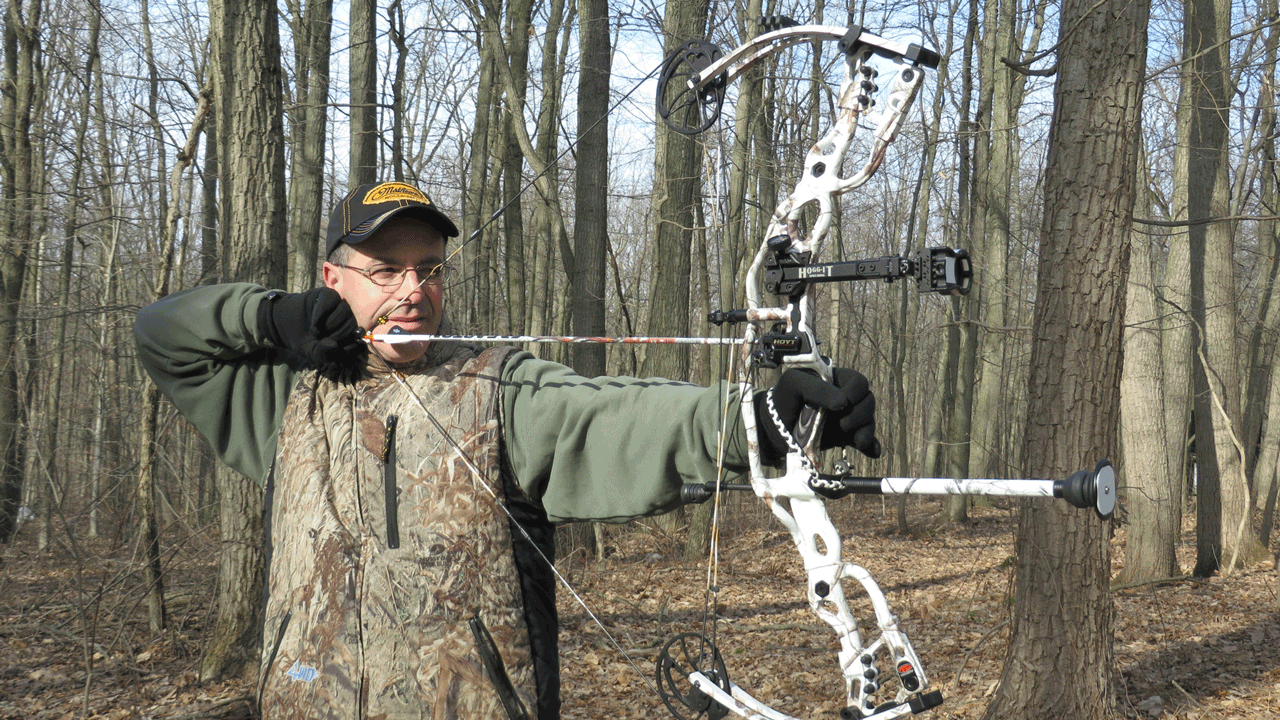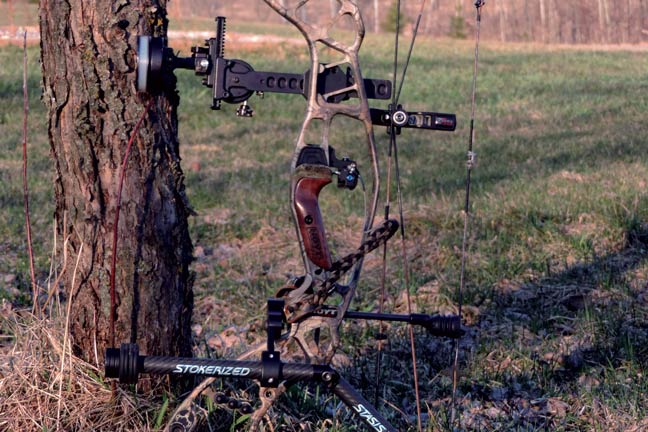Important Tips: Picking the most effective Compound Bow Stabilizer for Your Arrangement
Important Tips: Picking the most effective Compound Bow Stabilizer for Your Arrangement
Blog Article
Maximizing Your Archery Performance With the Right Substance Bow Stabilizer: an Extensive Review
One crucial yet often-overlooked part in boosting precision is the substance bow stabilizer. By understanding the nuances of selecting and optimizing a compound bow stabilizer, archers can tweak their devices to elevate their shooting experience to new degrees of proficiency and control.
Relevance of Bow Stabilizers in Archery

In addition, bow stabilizers assist in stabilizing the weight circulation of the bow, which can boost the archer's stability while shooting and aiming. By adding weight to the front of the bow, stabilizers can minimize the amount of torque experienced upon release, causing a smoother and much more controlled shot - compound bow stabilizer. This weight circulation likewise assists in holding the bow consistent for a longer duration, permitting the archer to aim much more precisely
Kinds of Substance Bow Stabilizers
When taking into consideration the numerous kinds of compound bow stabilizers readily available, it is vital to comprehend their distinctive functions and functions to determine the most appropriate choice for taking full advantage of archery efficiency. One of the most typical sorts of substance bow stabilizers consist of sidebar stabilizers, front stabilizers, and back stabilizers. Sidebar stabilizers connect to the sides of the riser and aid in stabilizing the bow during the aiming procedure. Front stabilizers, likewise called lengthy poles, are connected to the front of the riser and aid in absorbing and reducing any resonances brought on by the release of the arrowhead, therefore boosting accuracy. Back stabilizers, additionally called back stabilizers, are installed to the rear of the bow and aid in reversing the weight of other devices, resulting in enhanced stability and stable intending. Furthermore, some stabilizers include adjustable weights that allow archers to adjust the balance and feeling of their bows according to their choices, making them flexible options for archery fanatics of all degrees.
Factors to Take Into Consideration When Choosing
In reviewing compound bow stabilizers, understanding the distinctive attributes and functions of each type is important for making a notified choice on the most appropriate choice to improve archery performance. When picking a stabilizer, one should think about the weight of the stabilizer itself. By very carefully assessing these factors, archers can choose a substance bow stabilizer that aligns with their shooting design and maximizes their overall efficiency on the archery variety.
Installment and Modification Tips
For ideal efficiency and precision in archery, understanding the installation and adjustment of your bow stabilizer is vital. Appropriate installment starts with affixing the stabilizer to the official site bow's riser, ensuring it is strongly safeguarded.
When adjusting the stabilizer, start content with tiny incremental changes rather than radical adjustments. Pay attention to just how the bow reacts to changes in stabilizer setups and make changes appropriately. Routinely inspect the stabilizer's rigidity and overall problem to guarantee it proceeds to operate ideally.
Upkeep and Care Standards

It is additionally important to keep your bow with the stabilizer in a safe and secure area when not in usage. Complying with these maintenance and treatment standards will certainly help you get the most out of your bow stabilizer and enhance your total archery efficiency.
Verdict
Finally, selecting the right compound Your Domain Name bow stabilizer is critical for taking full advantage of archery performance. Understanding the relevance, types, aspects to consider, setup and modification pointers, along with upkeep and treatment standards can greatly impact one's precision and uniformity in shooting. By choosing a stabilizer that matches individual demands and choices, archers can boost their general performance and achieve better results on the array or in competition.
Bow stabilizers play an essential role in improving an archer's precision and consistency by reducing vibrations and stabilizing the bow during the launch of an arrow - compound bow stabilizer.In addition, bow stabilizers help in stabilizing the weight distribution of the bow, which can boost the archer's stability while intending and shooting. The most usual types of substance bow stabilizers consist of sidebar stabilizers, front stabilizers, and back stabilizers. Back stabilizers, also called rear stabilizers, are installed to the back of the bow and aid in reversing the weight of other devices, resulting in improved security and constant intending. When selecting a stabilizer, one need to take into consideration the weight of the stabilizer itself
Report this page